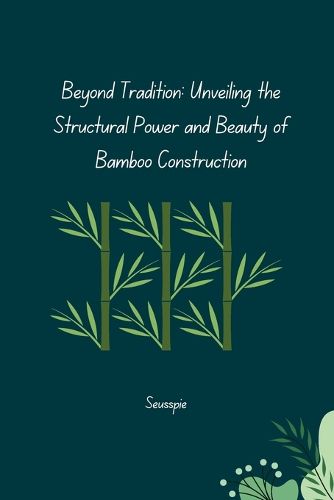Readings Newsletter
Become a Readings Member to make your shopping experience even easier.
Sign in or sign up for free!
You’re not far away from qualifying for FREE standard shipping within Australia
You’ve qualified for FREE standard shipping within Australia
The cart is loading…






In order to determine the carbon emissions of a material or building product, the carbon footprint is measured, which is a methodology to measure the GHG emission during its life cycle (van der Lugt & Vogtlander, 2015). In recent times, the term embodied carbon of construction materials and products has come to be synonymous with the term carbon footprint (Sansom & Pope, 2012), where "embodied carbon" is the total amount of carbon dioxide (CO2) emitted by a material throughout its life cycle (Kaminski, et al., 2016). This is covered in more detail in Chapter 2. Many residential, commercial and industrial buildings globally and in South Africa are built with the traditional building technology choices of structural steelwork, reinforced concrete, and clay or concrete masonry. These have been reported as contributing to the GHG emission problem (Kibert, 2016), (Muigai, 2014). Although there is a shift towards using more sustainable and "green" materials, the clients' preference remains directed to using "tried-and-tested" building technologies, particularly from governmental departments. This could be due to lack of knowledge, concern over construction or maintenance issues, or cost implications.
$9.00 standard shipping within Australia
FREE standard shipping within Australia for orders over $100.00
Express & International shipping calculated at checkout
In order to determine the carbon emissions of a material or building product, the carbon footprint is measured, which is a methodology to measure the GHG emission during its life cycle (van der Lugt & Vogtlander, 2015). In recent times, the term embodied carbon of construction materials and products has come to be synonymous with the term carbon footprint (Sansom & Pope, 2012), where "embodied carbon" is the total amount of carbon dioxide (CO2) emitted by a material throughout its life cycle (Kaminski, et al., 2016). This is covered in more detail in Chapter 2. Many residential, commercial and industrial buildings globally and in South Africa are built with the traditional building technology choices of structural steelwork, reinforced concrete, and clay or concrete masonry. These have been reported as contributing to the GHG emission problem (Kibert, 2016), (Muigai, 2014). Although there is a shift towards using more sustainable and "green" materials, the clients' preference remains directed to using "tried-and-tested" building technologies, particularly from governmental departments. This could be due to lack of knowledge, concern over construction or maintenance issues, or cost implications.